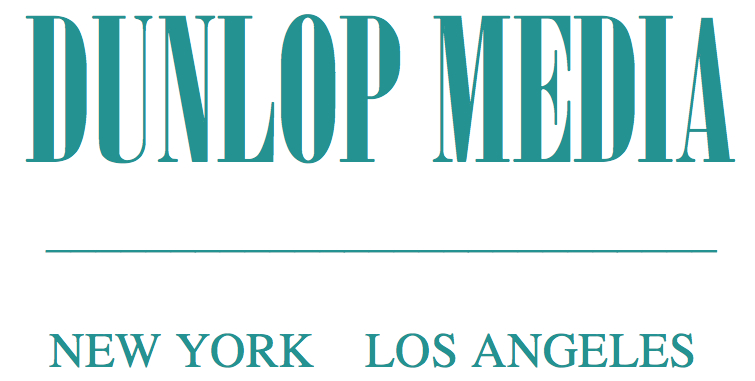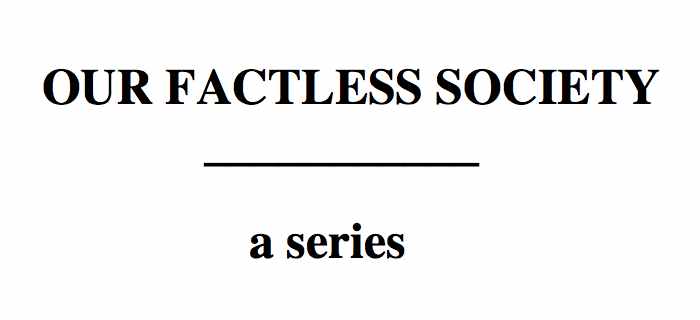The emergence of Facebook and Google as content aggregators gives new life to falsehood. There are some simple, specific steps news consumers - and publishers - should take
Media commentary by Steve Dunlop
“Nothing is new under the sun,” according to the Book of Ecclesiastes. And although the attention fake news has gotten recently might lead you to think otherwise, there is nothing new about it. Ever since the Trojan Horse - and probably before - fakery has been integral to the human condition.
Run for your lives: the debunking site snopes.com is a critical weapon in the battle against fake news.
We fake to impress. We fake to have fun. We fake to gain a strategic advantage of some kind. And of course, as anyone who’s ever stood in a supermarket checkout line knows, fake news sells.
Back when sleazy tabloids were its primary conduit, fake news was easy to sequester in our heads and moralize about. “I never go near that garbage,” we might claim, even as we hid it on the conveyor belt, under a few boxes of Hamburger Helper and frozen green beans, and hoped no one would notice.
Today, however, fake news isn’t just in the checkout line. It is emanating from outlets that serve up legitimate news right alongside it - providing, at least, a thin patina of credibility. And an increasingly dark digital stew of fact and fiction is making it tougher than ever to distinguish the real from the unreal. (Check out the top fake news stories of the year as compiled by CNET.)
But two of the online outlets for fake news are noticeably larger and more influential than the rest. Of late, they have become bigger than our newspapers and our networks. And it turns out they don’t even do journalism at all.
In the digital equivalent of “mission creep,” Facebook and Google have steadily expanded their brief to become the primary disseminators of news around the world. These, and companies like them, “have become extremely powerful in terms of controlling who publishes what to whom, and how that publication is monetized,” says British academic and journalist Emily Bell.
A study by the marketing intelligence firm Jumpshot recently found that Facebook referrals accounted for half of total traffic to fake news sites. But actual news sites - whose product can appear in the very same Facebook news feed - draw just 20 percent of the same audience. In effect, aggregation has made it possible for the fake to sponge the credibility of the real, and profit handsomely in the process.
But hang on. Weren’t the bad old days of network dominance and media concentration supposed to be behind us? With a multitude of voices, wasn’t the Internet promised to be the ultimate leveler - a democratizing force for news reporting and opinion?
That, of course, was before we had two organizations sitting at such critical digital choke points. Despite the wide variety of content providers, says Bell, there is now “a far greater concentration of power than there ever has been in the past.”
Let’s restate the obvious: Facebook and Google do not do journalism. At best, they gather it. As the New York Times recently noted, the primary motivator for the purveyors of fake news isn’t ideological - it’s economic. It generates revenue on ads that are tied to page views. Page views, in turn, are tied to consecutive clicks. And what better way to click your way to those page views than by presenting oddly compelling but fabricated stories, alongside real ones?
Facebook’s Mark Zuckerberg has recently made some noises indicating he is beginning to understand the problem. That’s a start. Meantime, if you believe as I do that factual reporting is a critical component to a functioning society, there are four specific things you can or should do:
If you’re a news consumer, cut out the middleman. Get your news, not via Facebook or Google, but directly from fact-based outlets that have a history of truth telling and a commitment to accuracy. And I’m not just talking “mainstream media” here. Many outlets with either conservative or liberal world views can and do demonstrate that same history and commitment. Maybe even subscribe to a few. Some of them actually exist in print!
If you’re a news outlet, find the courage to bypass Facebook and Google. Almost every media outlet now needs to chase eyeballs in cyberspace. But if your content gets mixed up with fake news, is it worth the potential cost to your overall good name? Take steps to protect your content from being displayed in aggregators that put your reportage on the same level as yarns about space aliens.
Become your own fact checker. Sites like snopes.com and truthorfiction.com are indispensable for quick, accurate debunking when you see a story that doesn’t have the ring of truth. If such a tool had existed 20-plus years ago, when my New York colleagues and I were fooled by a fake Lotto winner, this story might never have seen the light of day. For European and international news, the non-profit fullfact.org provides a model worth emulating in other parts of the world. It dispassionately reports facts and trends, leaving interpretation and analysis to others.
Be alert to editorializing. Even in so-called “mainstream” outlets that claim to separate fact from opinion, slant and outright bias can creep into articles that are billed as hard news. How can you tell? Here’s one oversimplified rule of thumb: hard news stories tend to address the basics - who, what, when, where, and how. When an article starts to delve into the “why” - you’re often, although not always, entering the realm of conjecture.
It comes down to a three word admonition we used to hear a lot more than we do today - perhaps because if it were heeded more widely, we’d miss out on a lot of the entertaining escapism that fake news often provides.
That three word warning?
“Consider the source.”










